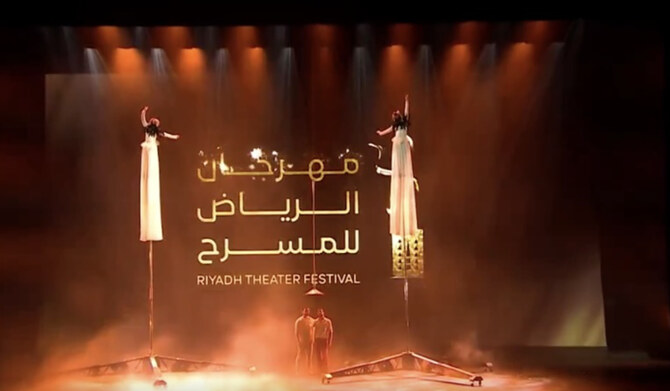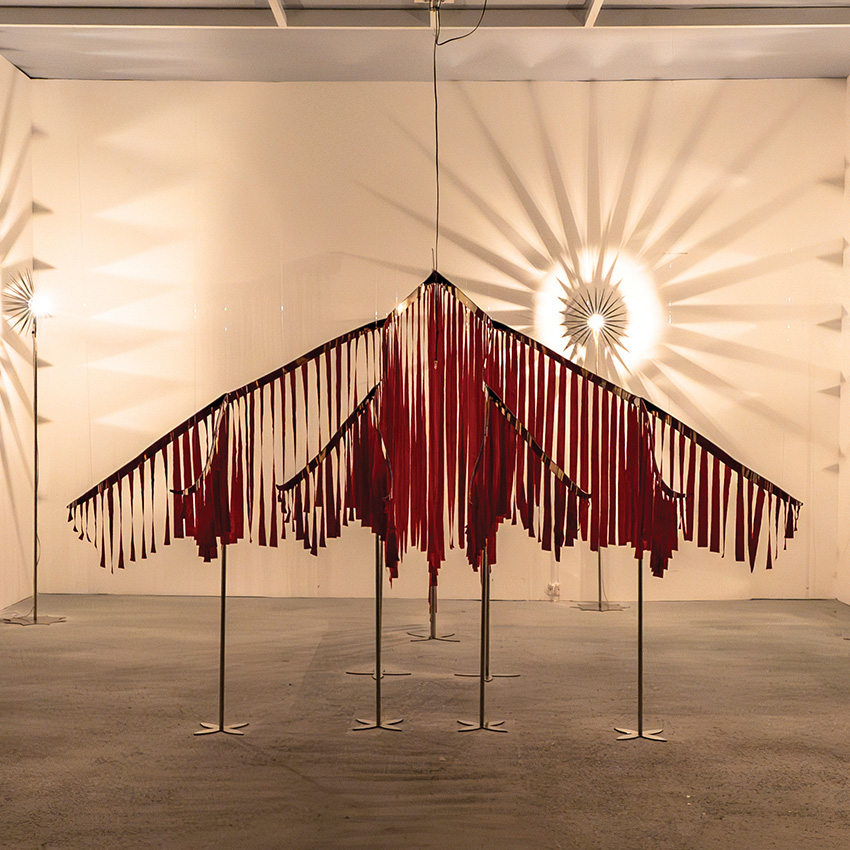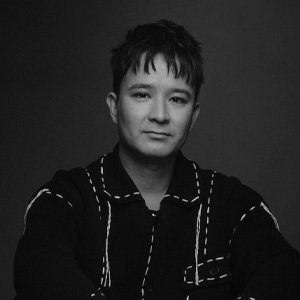LONDON: A new report from The Future Laboratory and Together Group not only demonstrates the emergence of the Kingdom of Saudi Arabia as a cultural epicenter for luxury consumers, but also showcases ways in which the people and businesses of the region are redefining traditional understandings of how and why such luxury is experienced.
“New Codes of Luxury in Saudi Arabia” presents a detailed analysis of key trends in the market, exploring how the notion of luxury is shifting with the emergence of a new generation of consumers – who are leaving behind outdated tropes and playing a vital, active role in defining new standards of luxury.
For one, a new generation of Saudi consumers is dispelling stereotypes associated with luxury, moving away from outdated concepts of what ‘luxury’ entails, and contributing to a far more nuanced landscape – where the very nature of luxury is determined by factors such as authenticity, locality, exclusivity, sustainability, innovation and accessibility.
Helping to define such a paradigm shift, the new report includes insights from a wide range of expert voices, who explain how the priorities of this new generation of high-net-worth Saudis have evolved in recent years – and how these evolving values look set to influence the luxury market in KSA in the future.
“Saudis expect something that looks like them, that acts like them, that relates to them, as opposed to something that is entirely imported,” says Rae Joseph, creative consultant and founder of fashion house 1954. This desire for culturally relevant luxury doesn’t mean that established, international brands no longer hold any appeal – but it does point to a more dynamic consumer landscape featuring luxury products and experiences that resonate with Saudis on a more personal level.
And these modern Saudi consumers are interested in more than just high-value products from well-known brand names. In fact, the report details how the changing luxury landscape now includes a plethora of new sectors, from technology and wellbeing, to exciting advances in personalized experiences and ecotourism.
And it’s more than just a passive shift – the emerging skillsets of Saudi Arabia’s next generation sees them ideally placed to define and create these new concepts of luxury, paving the way for a new wave of technologically nimble, global creatives who also place great value in luxury experiences and products that are specific to Saudi Arabia itself.
The youthful population of KSA is another key factor in the country’s evolving concept of luxury. As outlined in “New Codes of Luxury in Saudi Arabia”, that young generation prioritizes luxury experiences, digital engagement and a blend of local and global cultural identity. Such demographic patterns influence how young Saudis want to spend their money – and also need to be keenly observed by those wanting to build exciting, regional brands that connect with these local audiences, as well as developing and growing on an international platform.
“Young Saudis want to respect their culture and live their culture, but they want to be global,” explains Skye Fisher, chief experience officer, Mohammed Bin Salman Nonprofit City, who is featured in the report. “They want to assimilate with the rest of the world.”
Appreciating the subtleties of this balance between local and global is key to understanding how this youthful generation is impacting on the luxury consumer landscape.
“These are Millennials and Gen Z with spending power,” Rachel Ingram (co-CEO of creative agency Folk) tells the report. “And they’re highly engaged on social media. That’s where they’re chatting to their friends. That’s where they’re browsing and that’s where they’re shopping.”
And these young, influential spenders place great value on supporting and championing Saudi businesses. As the report lays out, 95% of affluent 18-34-year-old Saudis regard it as important to support and engage with Saudi-first enterprises. While there remains a place for the existing, well-known brands familiar to many, KSA’s new generation also places value in localized offerings – products and services from names everybody knows, but tailored to a specific Saudi population which is well travelled, well educated, and proud of its history.
It makes for a fascinating landscape – KSA’s new generation wants more than just the same products from the same brands. Instead, this new notion of luxury has expanded to include more than just ‘things’, and now ascribes value to experiences and personalization. And brands – both new and existing – must connect with consumers on a deeper, more personal level in order to secure engagement with this young, affluent population. Because these consumers are not just responsible for defining what is understood by luxury today – they also look sure to play a key role in building what we understand by luxury tomorrow.


























